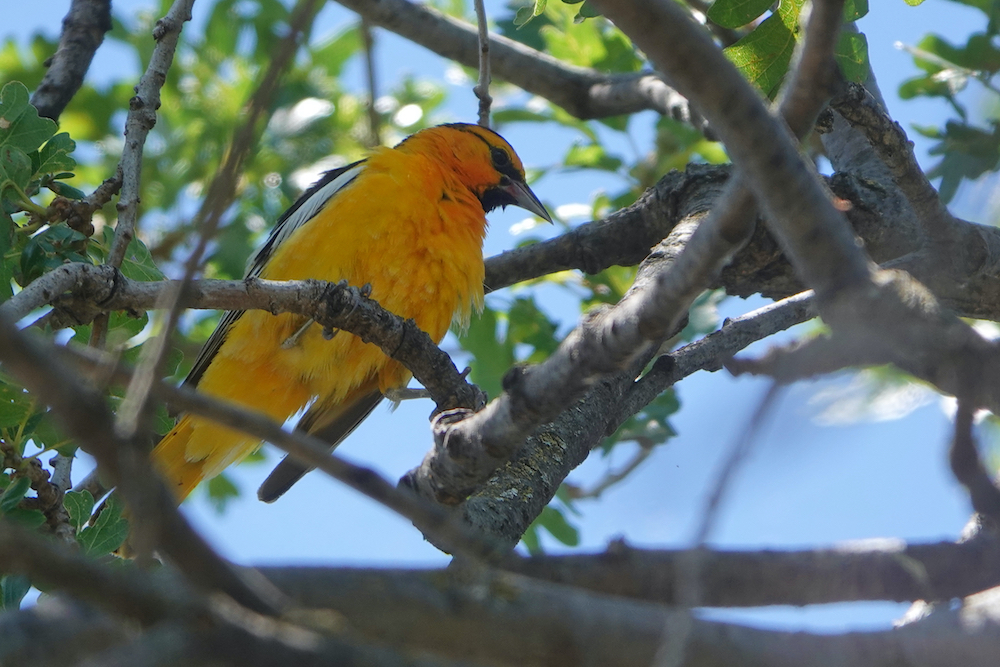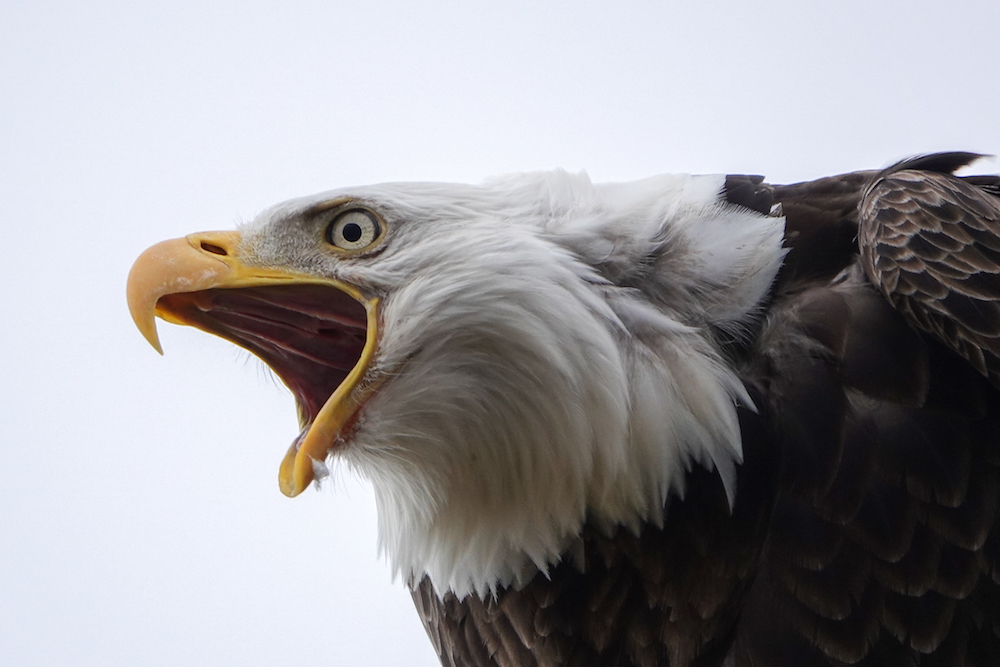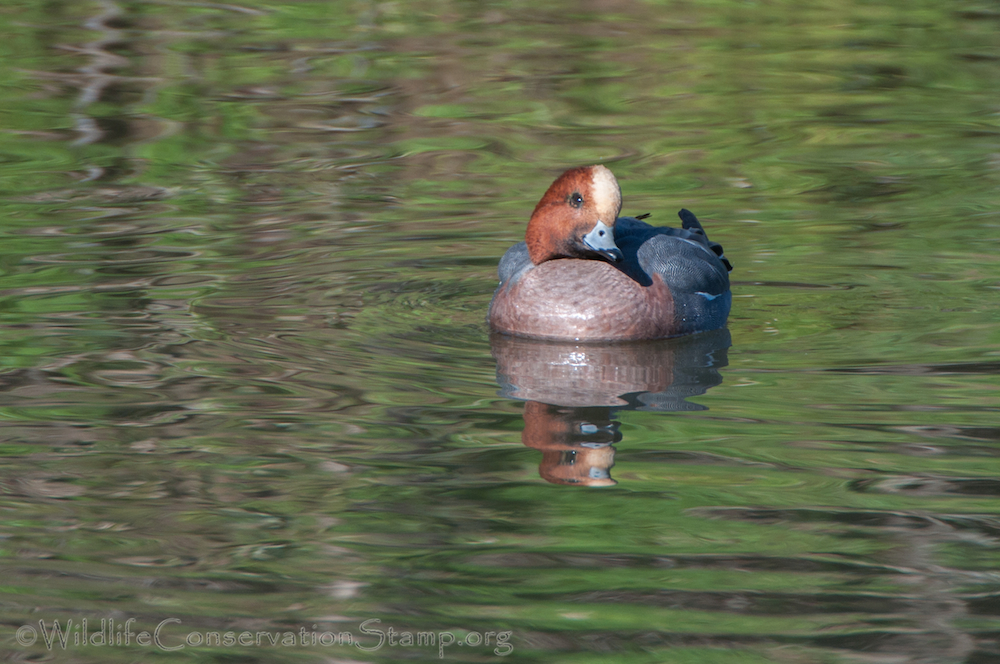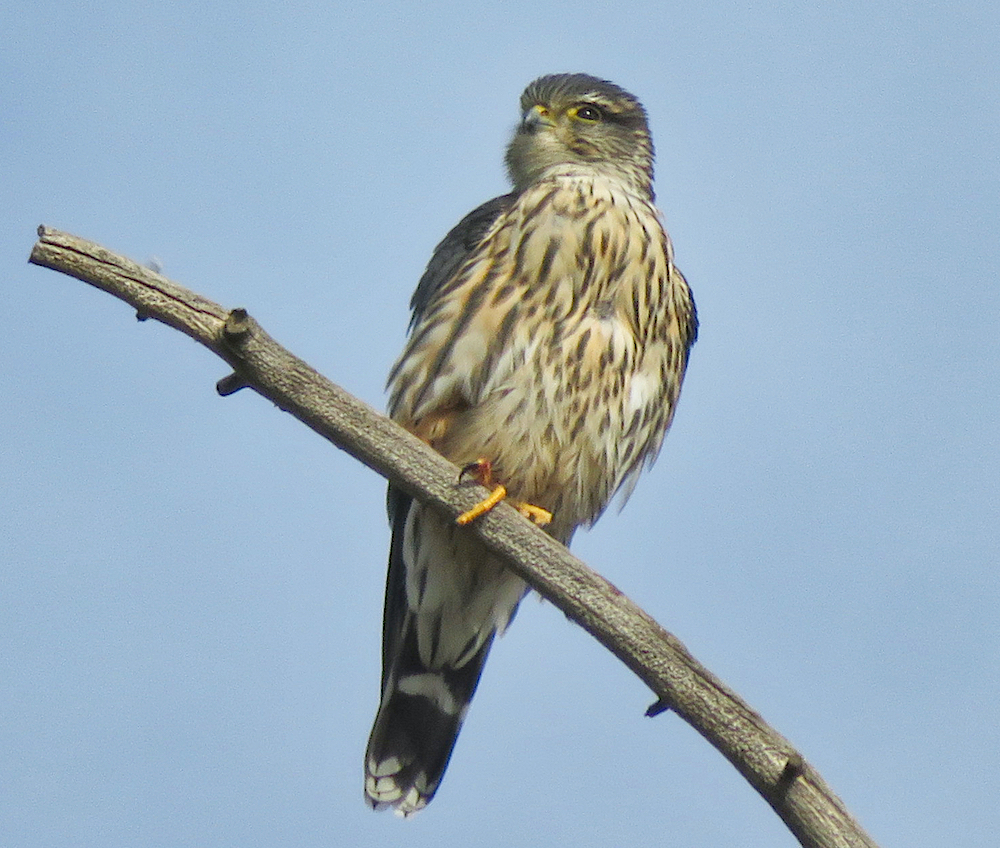
Tag Archives | waterfowl
Coleman Fish Hatchery and Battle Creek Wildlife Area

Our plan is to meet at Coleman Fish Hatchery parking lot and work our way to Battle Creek Salmon Trail on the west of hatchery. This 1.4-mile path will provide great access around ponds and along Battle Creek with exceptional sections of riparian habitat. We will quickly enter Battle Creek Wildlife Area where we will join the Oaktree Trail for an additional 1.2-mile walk through large tracts of oaks, willows, and many other native and non-native plants and trees. With recent wet seasonal weather patterns these past few weeks, we should have ideal conditions for many waterbirds, raptors, and passerines within this area of 582 acres to explore.
The place to meet is 24411 Coleman Fish Hatchery Rd, Anderson, CA 96007, pin drop: https://maps.app.goo.gl/ndVyEXHLRACygV9C9
We will stage vehicle(s) at Battle Creek Wildlife Area, so we can transport drivers back to Coleman Fish Hatchery parking lot and pick up others at the end of the outing. We will reschedule if rained out. Contact me at danbye56@gmail.com with questions.
Gray Lodge Wildlife Area

Gray Lodge’s diversity and location along the Pacific Flyway make it a haven for wildlife. Surrounded by miles of rich agricultural lands, the approximately 9,100-acre area is managed for the wildlife that call Gray Lodge home for all or part of the year. Reflective ponds, grassy fields and wooded riparian areas provide food, water and shelter for more than 300 species of resident and migrant birds and mammals. Meet at the Kutras Park parking lot at 6:30am sharp to carpool or at parking area 14 at the refuge at 8:30am. Bring a lunch and water as this is an all day event. It is not unusual to see over 50 species of birds at this location and is the only place I know to commonly find all three “Teals”. We will traverse the walking trail around the ponds, to the viewing platform and back to the parking lot. Following lunch we will drive the auto tour loop.
A CDFW Lands Pass must be in possession by each visitor who is 16 years of age or older, however, visitors who are in possession of a valid California hunting or fishing license in their name are exempt from this requirement. Lands passes may be purchased on-line, by phone at (800) 565-1458, or in-person at locations wherever hunting and fishing licenses are sold. They are also available in the parking area at Gray Lodge for $4.50. Here is a link to the bird list: https://nrm.dfg.ca.gov/FileHandler.ashx?DocumentID=88006&inline
Lema Ranch Bird Walk

The wide-open vistas, grassy fields, large ponds and oak woodlands of Lema Ranch offer quite a variety of bird species. Winter waterfowl, woodpeckers and sparrows are a particular treat this time of year and if we’re lucky, we might spot a Canvasback or a Merlin!
Meet at 8:00 am at Gate 10 located at the end of Lema Road, just past the maintenance facility. Park on the right-hand side of the road by the maintenance facility. We will walk the paved trails to view all five ponds. There is a bathroom located near Gate 10. Rain cancels the outing. Contact Larry Jordan at webmaster@shastabirdingsociety.org for more information.
Sacramento National Wildlife Refuge
THIS OUTING HAS BEEN MOVED TO SUNDAY THE 28TH DUE TO WEATHER CONDITIONS

Northern Shoveler Pair
On Sunday January 28th we will tour the Sacramento National Wildlife Refuge. Caravan leaves the parking lot at Kutras next to the park at 6:00 am or meet at the parking lot at the refuge at 7:30 am. We will have walkie talkies to hand out to each vehicle. If we are lucky, the new visitor center will be open by then, if not, portable restrooms are located in the parking lot and at the half-way point on the auto tour at the viewing platform. Bring a lunch and snacks to eat during the tour and at our pause at the platform. There is an entrance fee, dependent on your age and situation, see the link below for information. Most of the drivers have a permit already.
https://www.fws.gov/refuge/sacramento/sacramento-nwr-complex-passes-and-permits
